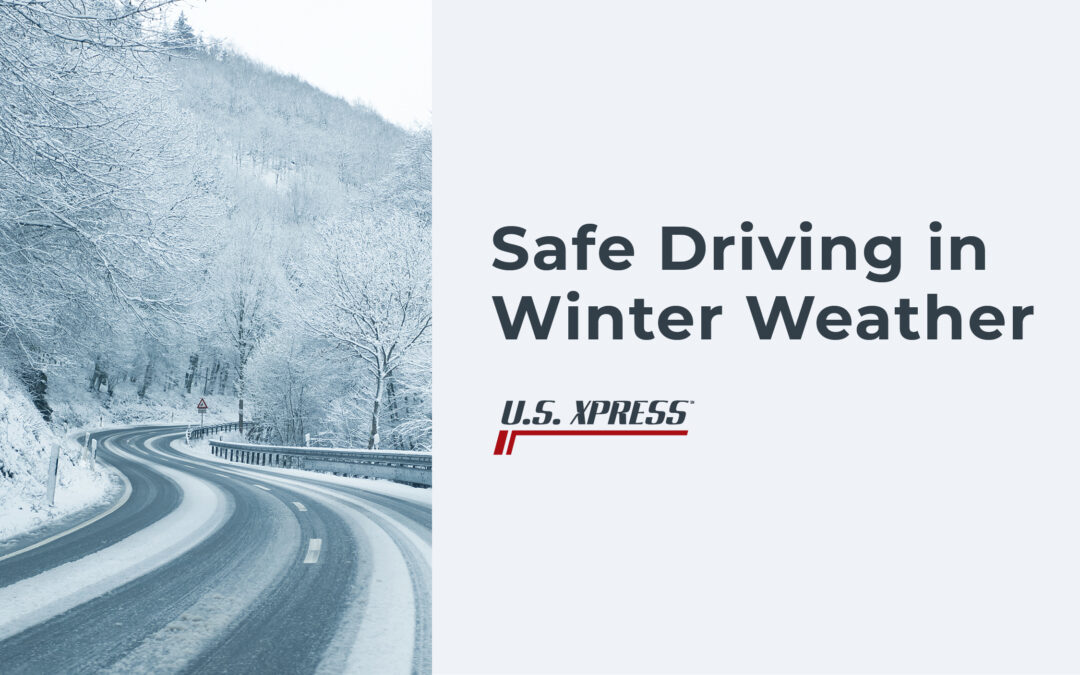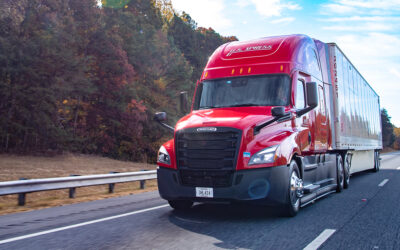Three tips to help you arrive safely.
According to the American Automobile Association (AAA), poor driving conditions caused by winter weather contribute to more than 500,000 crashes and 2,000 fatalities annually. After months of clear roadways, it’s easy to forget safe winter driving habits.
With our millions of cumulative miles traveled during all types of weather, we know a thing or two about winter driving. Check out these practical winter safety tips.
Increase your following distance
In driver’s education classes, you may remember the two-second rule, which suggests keeping two full seconds of time and distance between you and the car in front of you. Our professional drivers take it even further and abide by the six-second rule. Even though driving a heavy tractor-trailer is different than the vehicle you may drive every day, best practices for trucks can be adopted for cars, too. Consider increasing your following distance to well over six seconds in wintery conditions.
Accelerate and decelerate slowly
Avoid fast starts and hard stops. Even all-weather tires can slip if the conditions are right. With winter precipitation on the roadways, changing speed can cause slipping or a loss of traction, which is often how collisions and accidents begin.
Be proactive and prepared
It pays to know your vehicle is prepared for winter weather. Improve your vehicle’s safety by ensuring tires are properly inflated and have adequate tread, flashers are functioning correctly, and other safety checks are performed. Be sure to check your wiper blades and washer fluid because these will be used more during inclement weather. Keep your headlights, taillights, windows, and mirrors clean for optimal visibility.
Keep the essentials close by
Wintery conditions can increase the likelihood of worst-case scenarios on the road. Were you to find yourself stuck in traffic, spun off the road, or caught in a whiteout, it would pay to keep the essentials in your car. Consider keeping blankets, jackets, shelf-stable food, water, and a basic first aid kit in your vehicle during the winter.
While winter weather can make roadways difficult to navigate, a little bit of forethought can help you stay safe.





